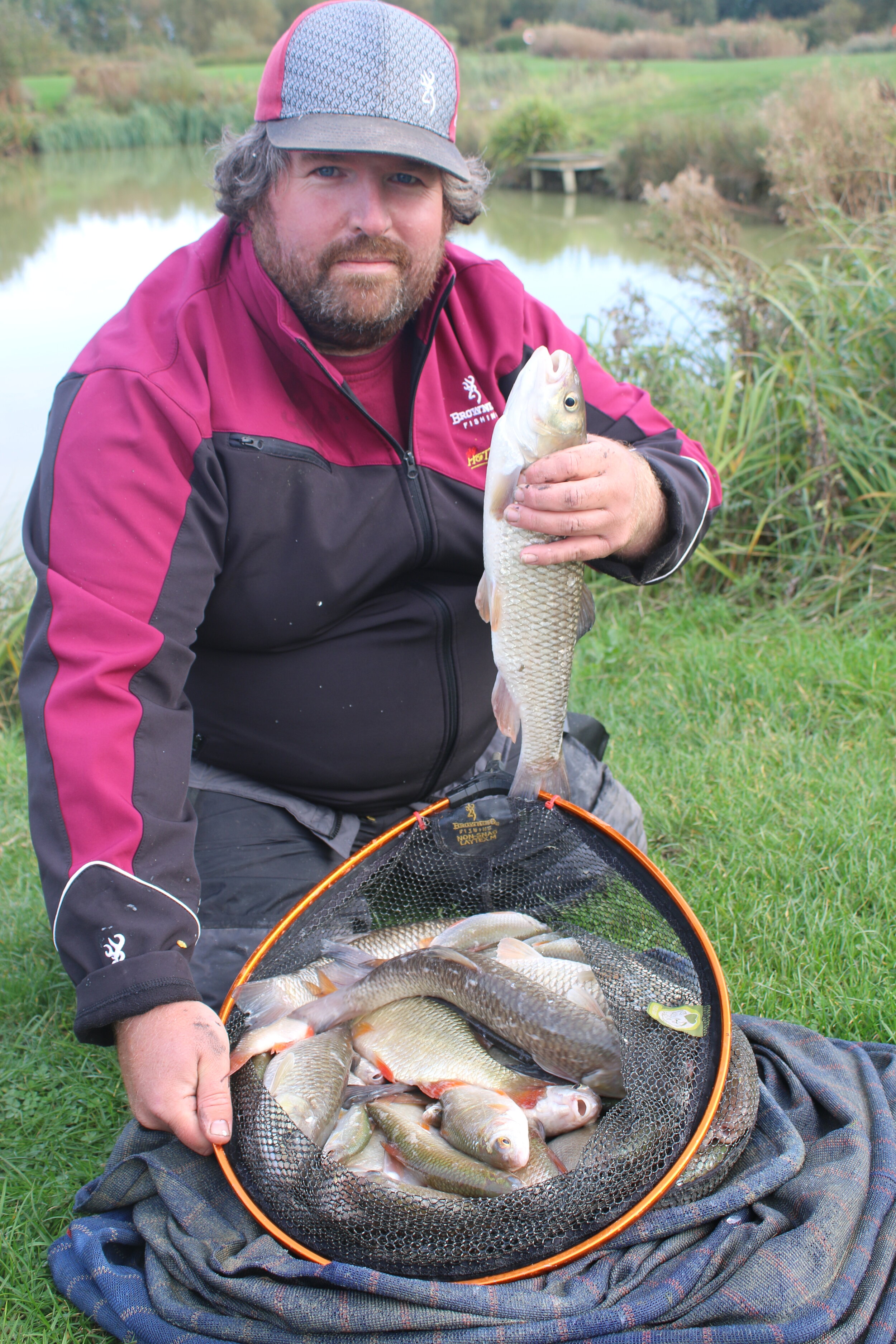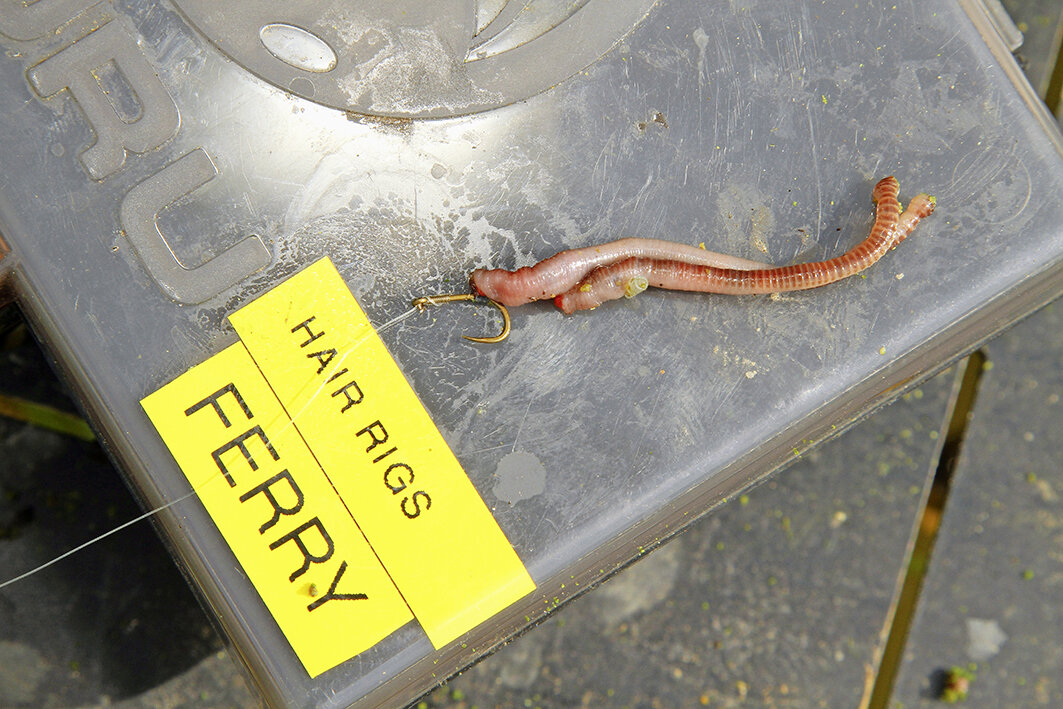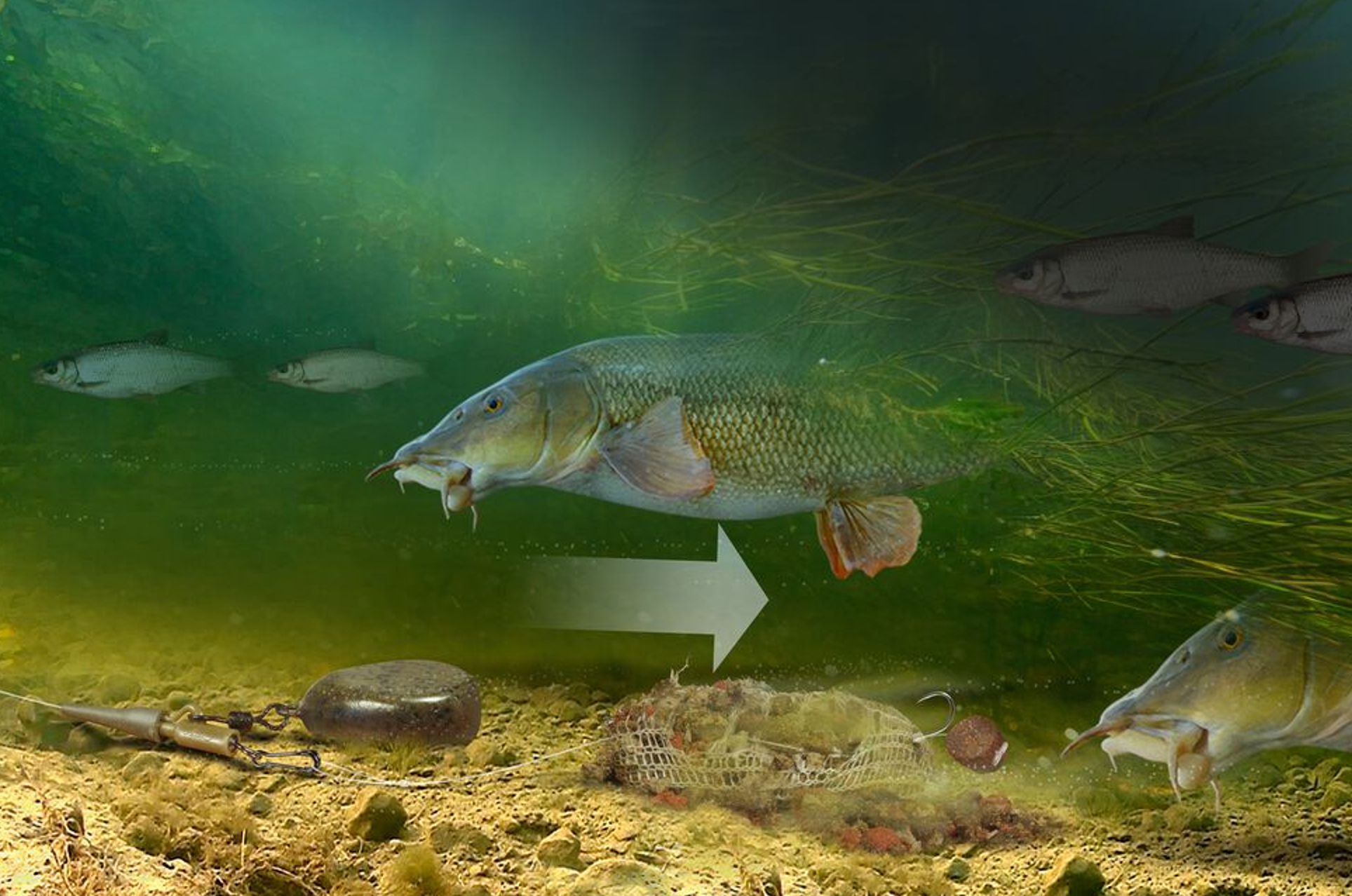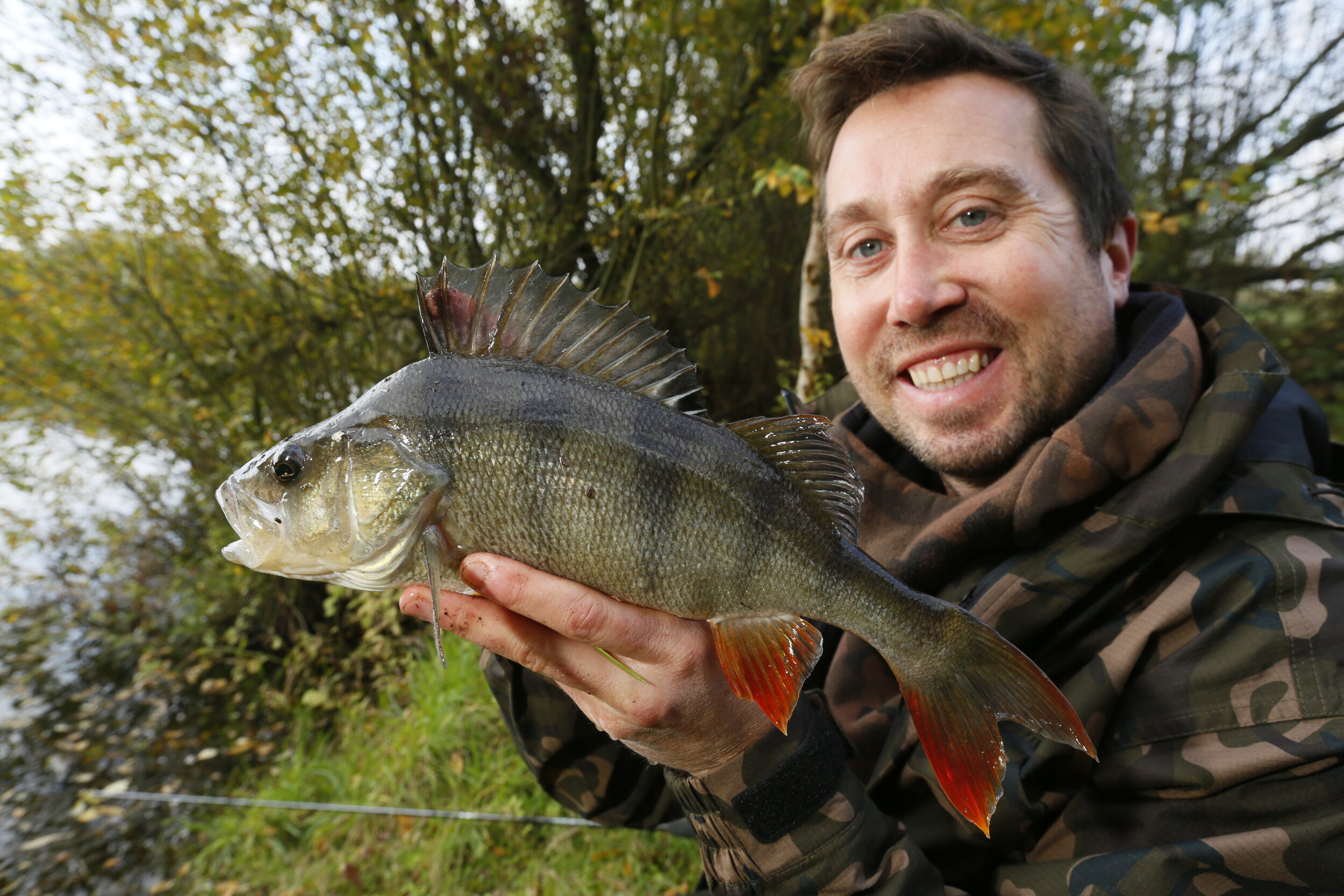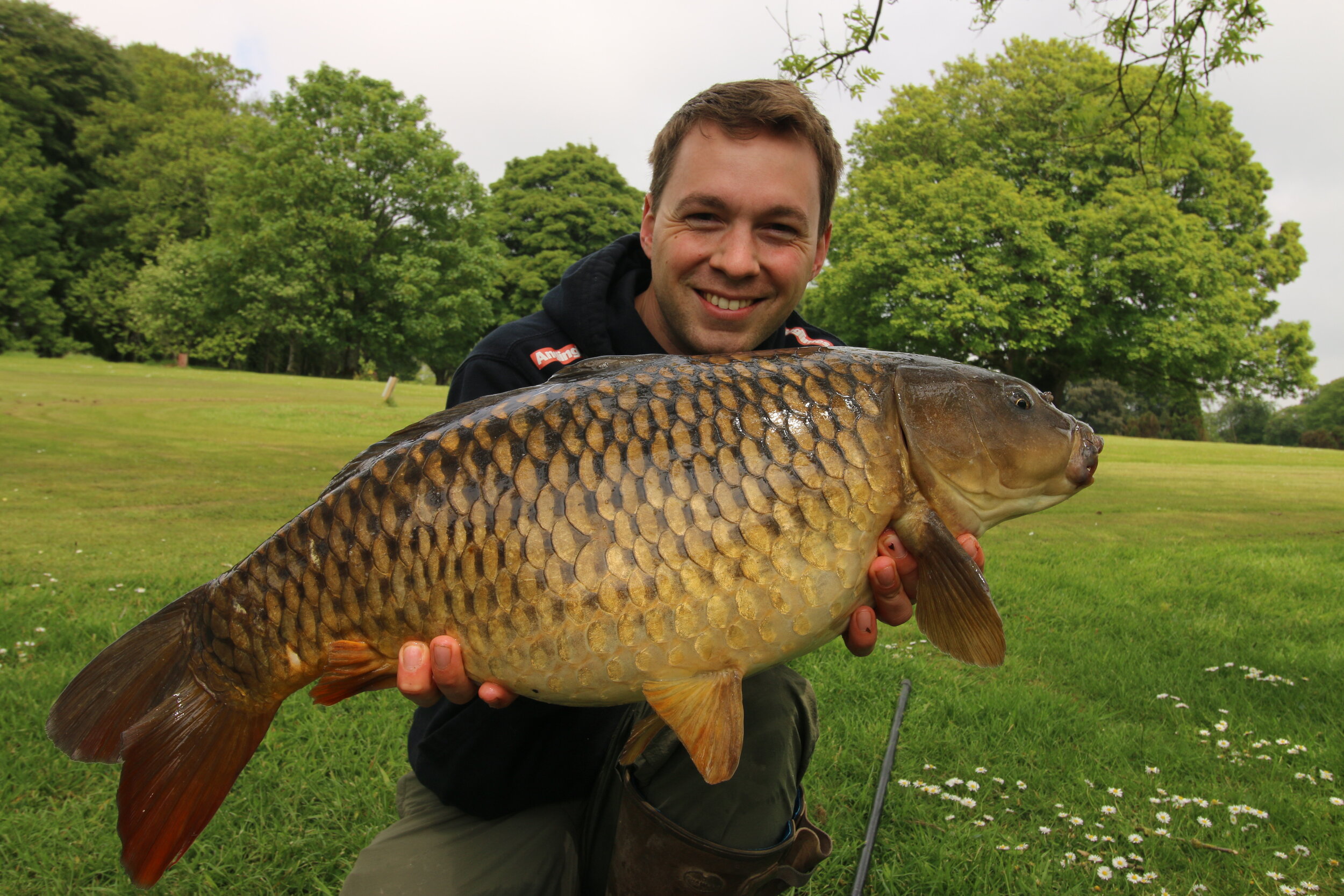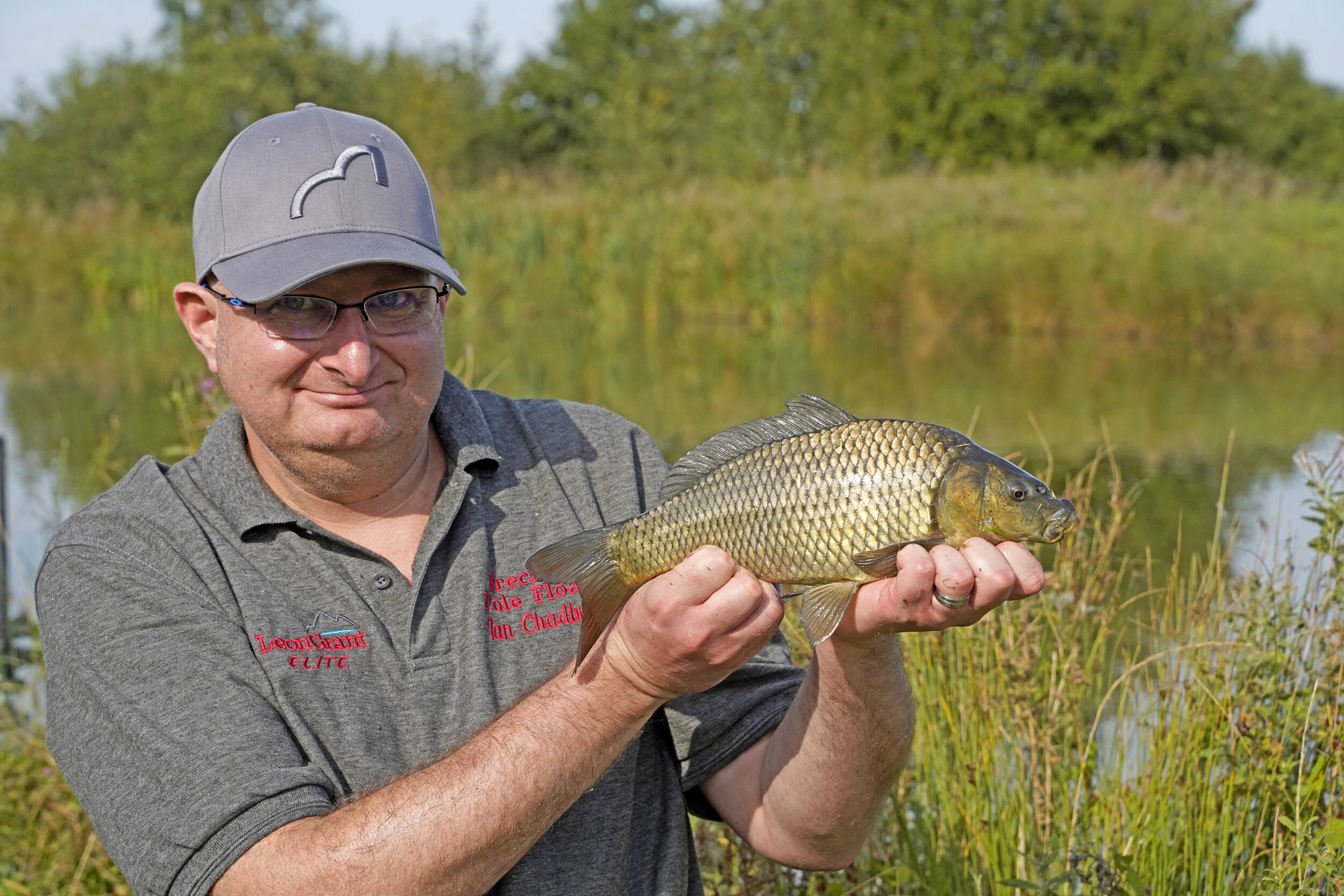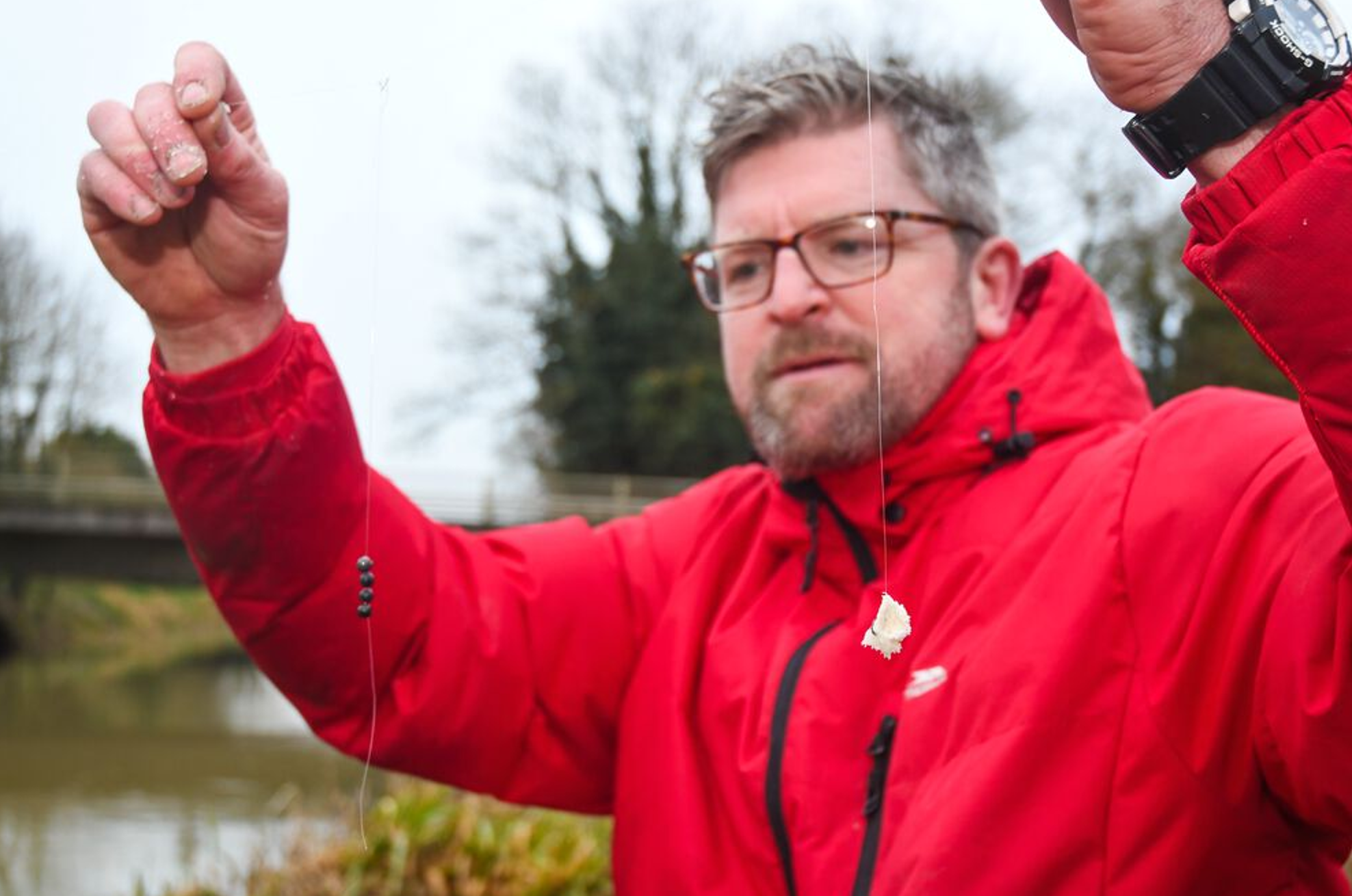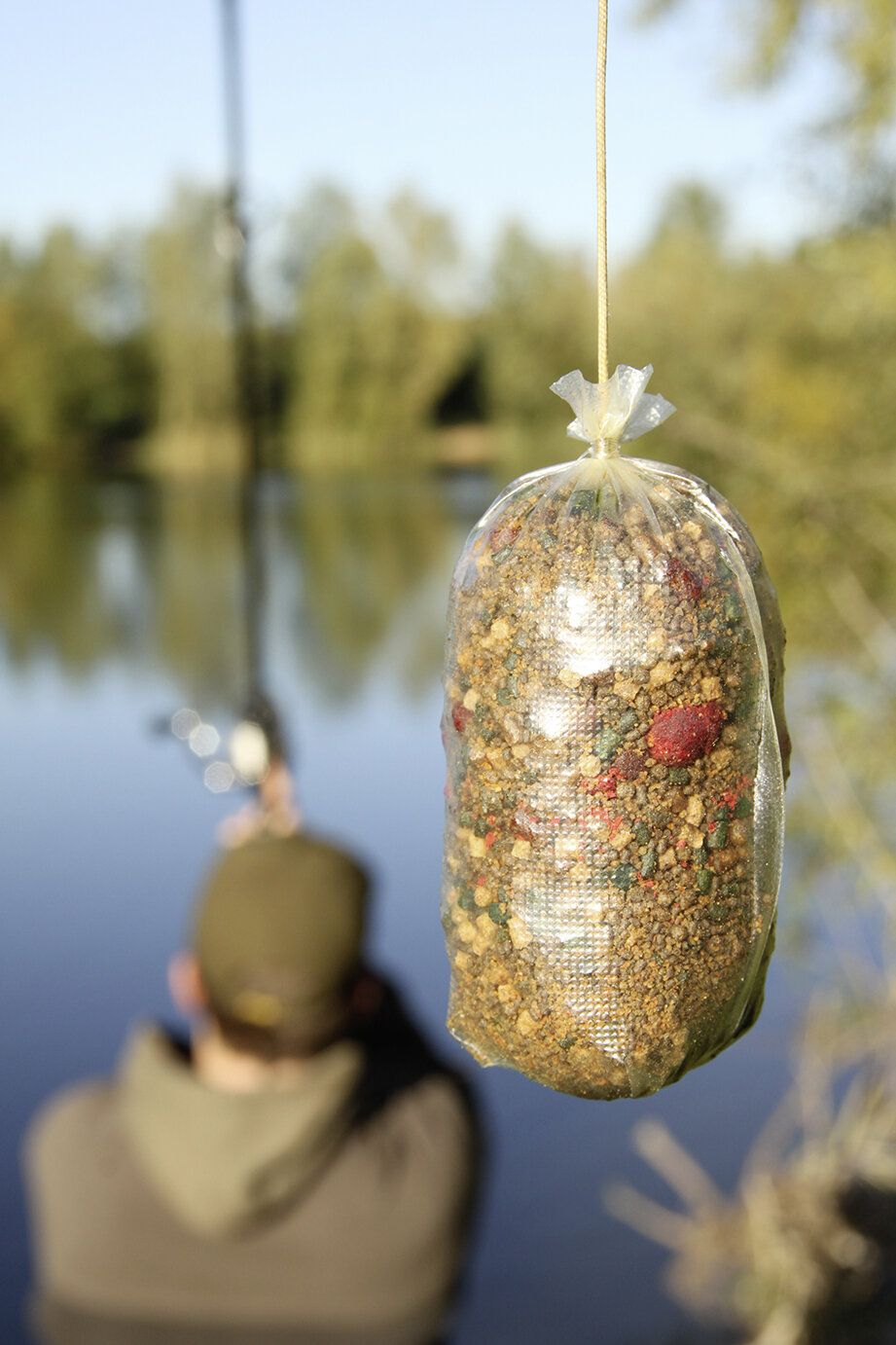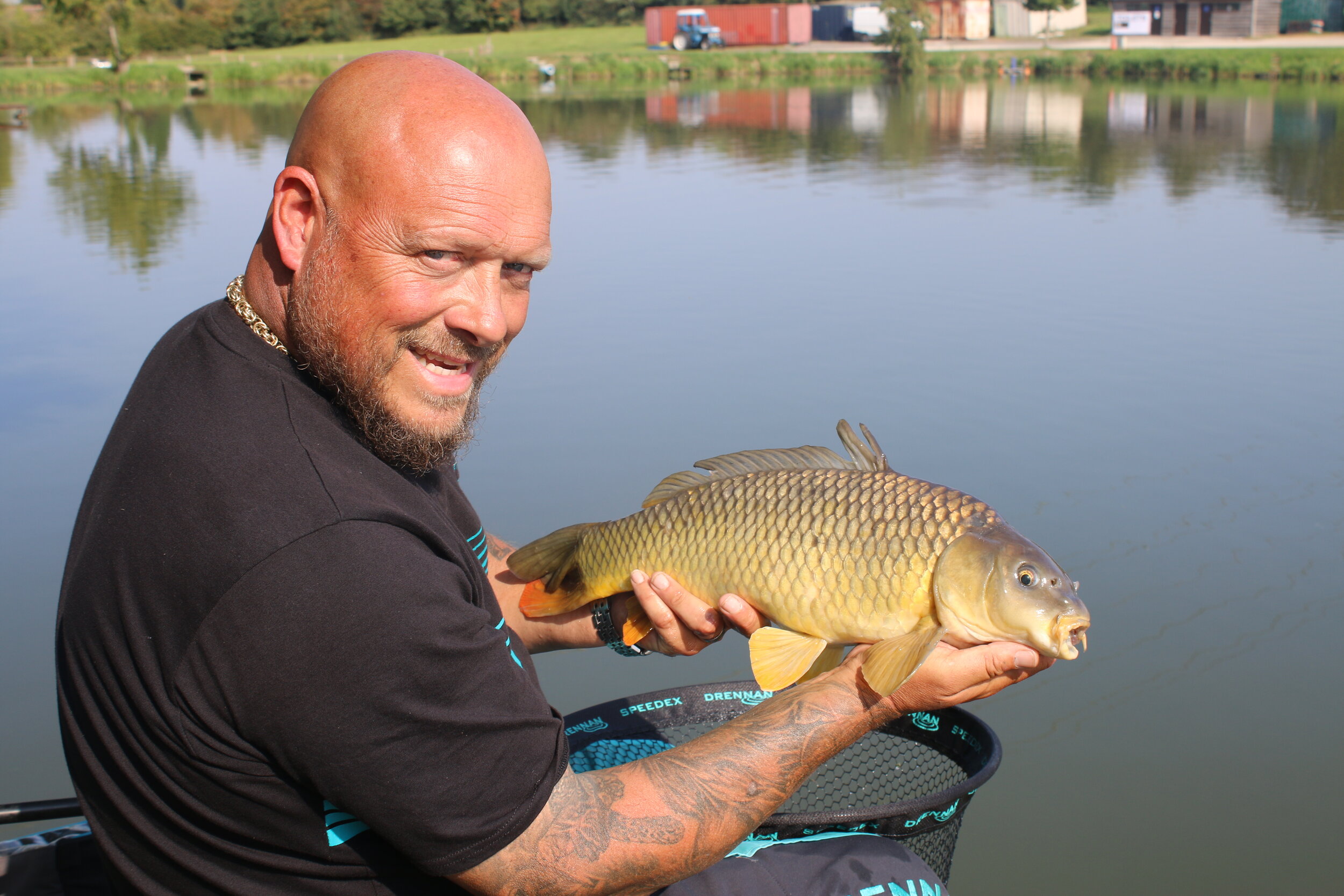8 Tips to help you catch more fish
With winter just around the corner, many lakes and commercials are starting to undergo a transformation that can make the fishing a lot harder than usual however you can overcome these challenges by taking a look at these 8 great fishing tips from Steve Ringer.
1) Pick the right bait colour for water clarity
Many anglers don’t realise how important this really is but I know it catches me more fish.
Right now the colour is dropping out of our stillwaters and when it comes to bait colours and water clarity in autumn and winter then I always tend to stick to the following rule – the clearer the water the brighter the bait you need to use.
If the water is clear then bright baits such as sweetcorn really come into their own for carp.
Equally, just adding a bit of colour to a relatively dull bait can make a big difference – when fishing for F1s in the cold I will always opt for a red and a white maggot as opposed to two reds.
I really believe that in the cold carp like to feed on sight provided the water clarity allows this, hence bright baits will always produce more bites.
If the water is coloured then scent comes more into equation so baits such as pellets both soft and hard really come to the fore.
2) Keep it simple with hooks
A lot of anglers are confused when it comes to knowing which hooks to use and end up carrying far too many patterns.
I like to keep things nice and simple. For most of my fishing on UK stillwaters I stick to three main patterns…
- Super LWG – a strong, light, wide-gape hook and without doubt the most versatile pattern in my box. If I include the eyed version there really isn’t a bait I can’t fish with a super LWG. From maggots to hard pellets, this hook covers it all. Strength wise it’s also more than capable of dealing with carp as well as being a good silver fish hook when bagging.
- QM1 – I use these when fishing the feeder or bomb and hair-rigging my baits. Due to the unique shape, once a fish is hooked it rarely comes off. A top hook for rod and line work.
- F1 Pellet – this is a fine-wire, ultra-sharp, strong hook that’s ideal for pole work in the winter with baits such as corn, pellets and maggots.
3) Altering shotting patterns will get you more bites
Regular readers of this column will know that I’m massive fan of a strung-out bulk of shot on my pole rigs, as shown on the left.
It’s such a versatile set-up. Take F1 fishing as an example. When fishing maggots or even pinkies I always like a slow falling hookbait so I will fish a loosely-strung bulk with the bottom shot set 5ins from the hook and the rest of the droppers spaced at 1.5ins intervals above this.
When fishing with pellets however, I’ve found you need a more positive approach to get the bait down quicker and so will adapt my strung bulk so it’s tighter together. The bottom shot is still 5ins from the hook, only this time the rest of the droppers will be spaced at just 0.5ins intervals.
4) Where you position your pole pot is crucial…
Small things can make all the difference and one of the biggest mistakes I see a lot of anglers make when pole potting is an incorrect pot position.
Their pole pot is positioned 6-8ins back from the tip of the pole which means every time they feed they are short of their float. Your pole pot should always be as close to the tip of the pole as possible. When targeting F1s in particular this can make a huge difference to your catch rate.
Guru pole pots HERE
5) Go longer later
If you watch me fishing you might not spot that I don’t always fish in exactly the same spot throughout my match, but it’s something I do that I believe makes a big difference.
A little trick I use a lot when feeder fishing is to fish past my feed area in the last hour of my match, once bites have died off.
What tends to happen is that due to the disturbance of the feeder going in and fish getting caught a few fish will sit off the back of the feed picking up any loose offerings that land there.
These fish can then be picked off in that crucial last hour just by taking the clip off and going one to two metres further.
It’s amazing how often this approach works and I’ve lost count of the number of times I’ve gone an hour without an indication only to add a couple of metres and get two fish in two casts. Had I not made this change I have no doubt I wouldn’t have caught these fish.
6) Get a stopwatch!
When feeder or bomb fishing in the cold one bit of kit I simply wouldn’t be without is a stopwatch as I always time both my casts and bites as this makes my fishing a lot more efficient and effective.
I might start off with 10-minute casts and then if I don’t get any bites in that time I will lengthen this to 20 minutes.
Once I start to get bites though, every time the tip goes round I will make a note of how long the feeder or bomb has been in the water.
Normally, once I’ve had three or four bites I’ll start to see a pattern emerge, and I might find all my bites are coming between 11 and 12 minutes for instance.
I can then start to use this to my advantage as in if this is the bite time there is no point leaving the feeder/bomb out for any longer than this.
So to sum up, using a stopwatch just makes me that little bit more efficient at my peg which in turn I believe leads to more fish in my net!
7) why it’s so important to use back shots
Perhaps one of the best bits of advice I have ever been given was from Alan Scotthorne regarding the use of back shot.
Instead of using a single shot just above the float as most anglers would, Alan was using a string of small shot above the float, normally No9s. Presentation was so much better, even in a crosswind.
A string of back shot makes you stay tight on the float which means you hit more bites – simple as that!
I like to have the first shot three to four inches above the float and then the rest of the back shots at 3ins intervals above this. If it’s really windy I will put the shots closer together.
8) how you feed from a pot is crucial
Once the water gets cold and clear I believe that bait falling through it attracts fish, even when fed in very small amounts.
It’s important to choose the right lid when pole potting and I prefer one that allows me to sprinkle bait into the swim on a regular basis.
When feeding maggots I might use the medium Guru pole pot and three-quarters fill it with maggots. It allows me to feed six or seven times over the top of the float without having to waste time shipping back in to refill the pot every time.









